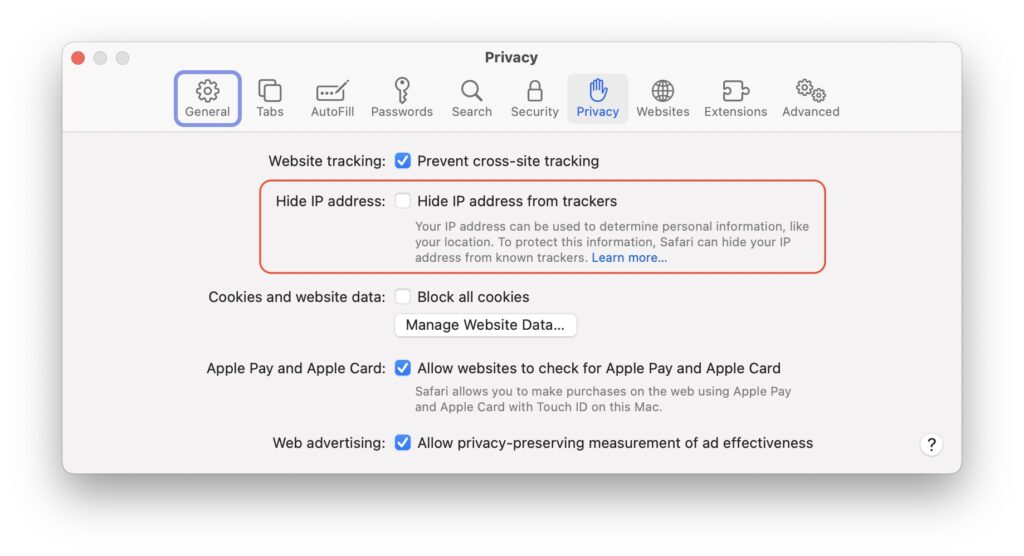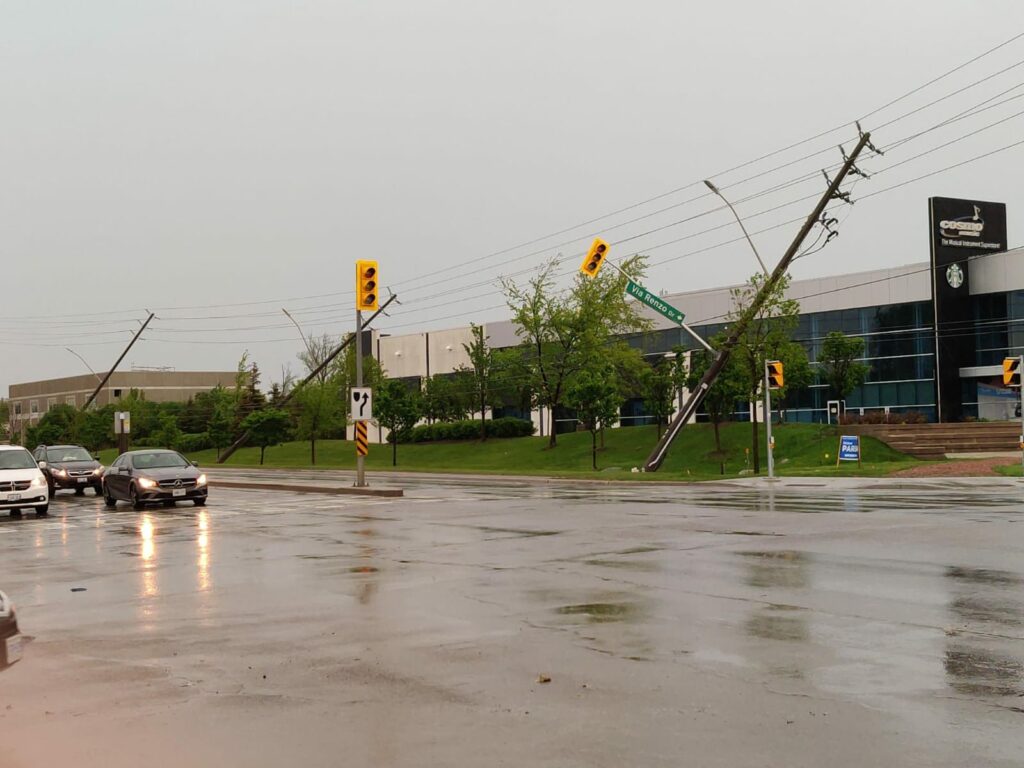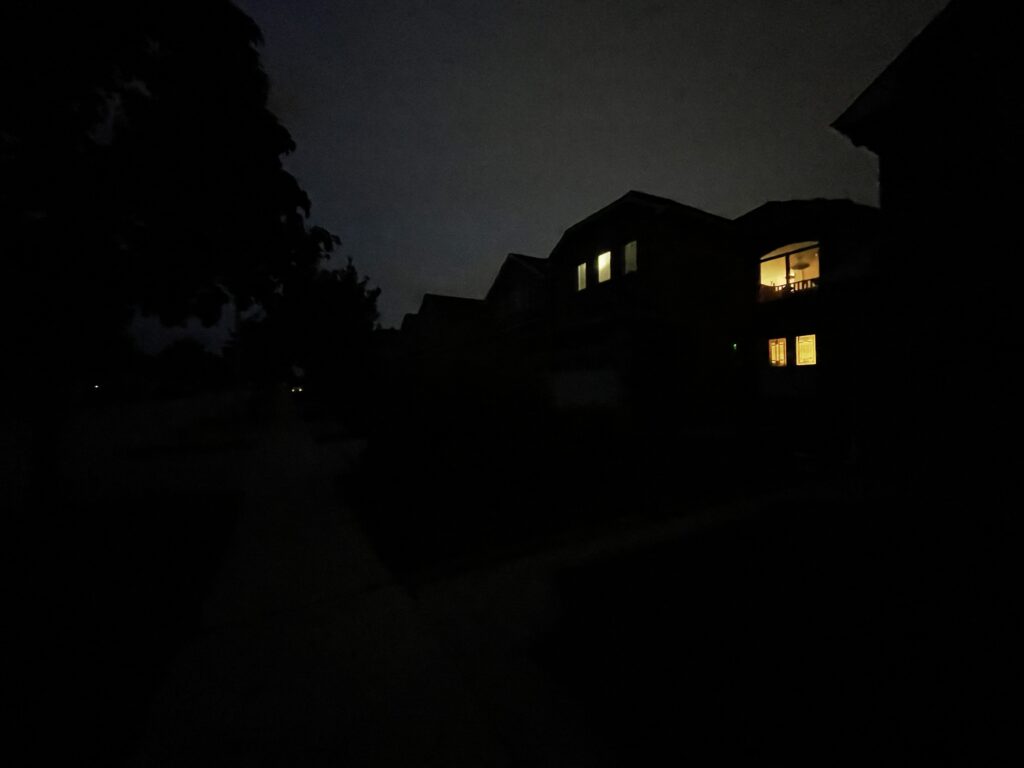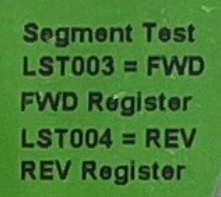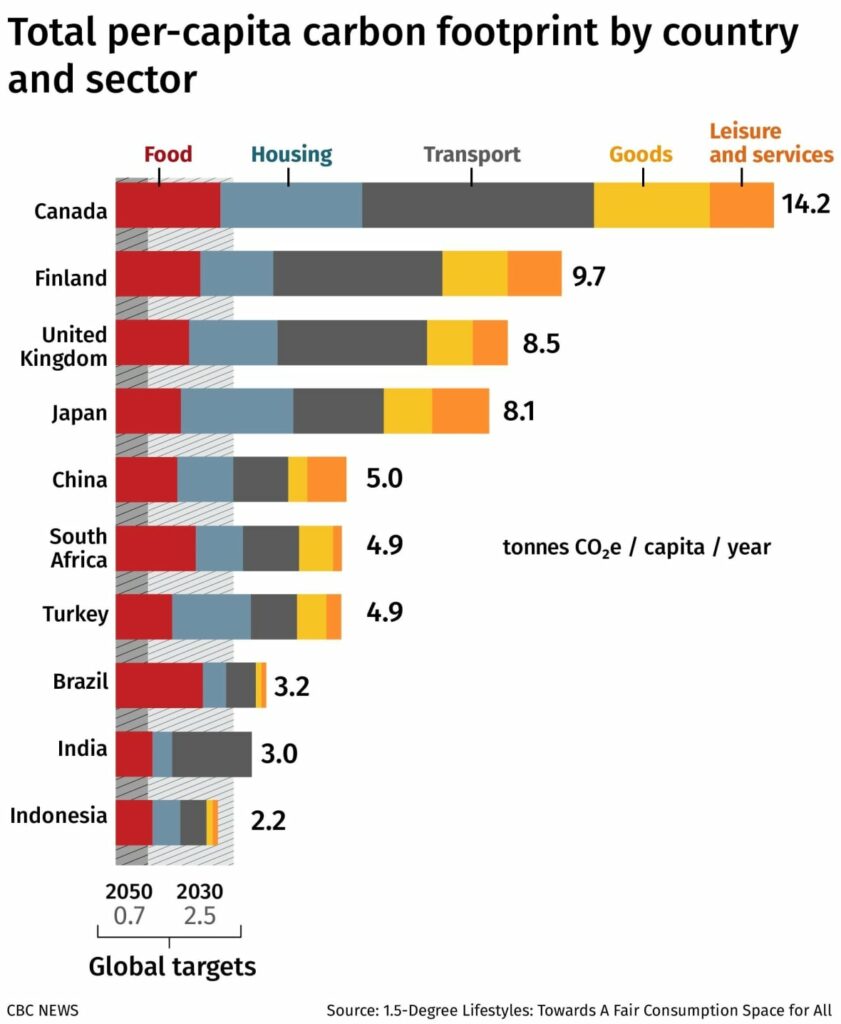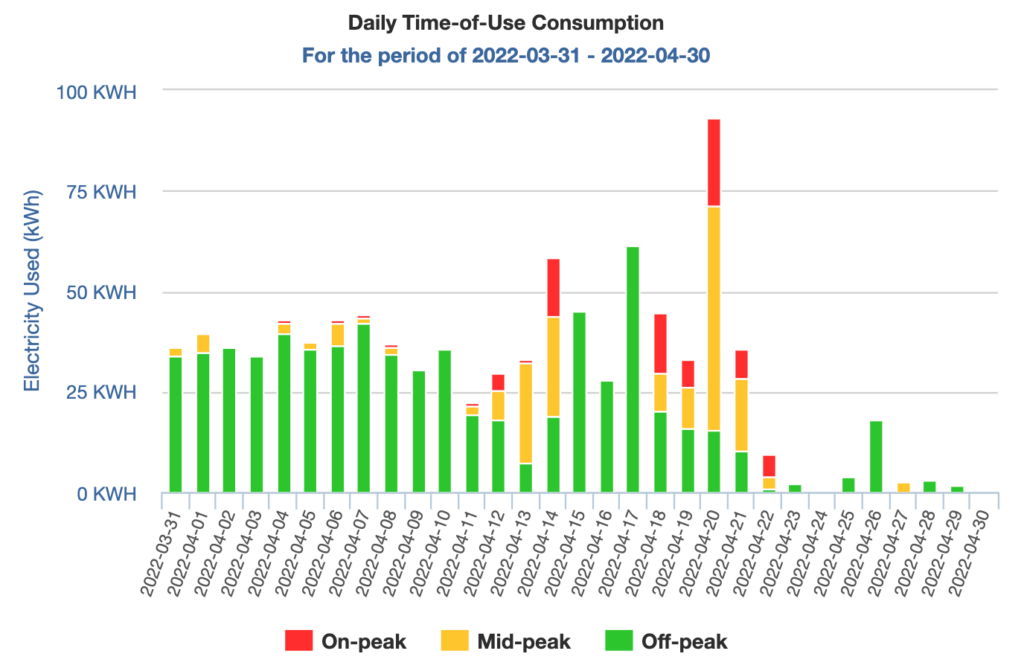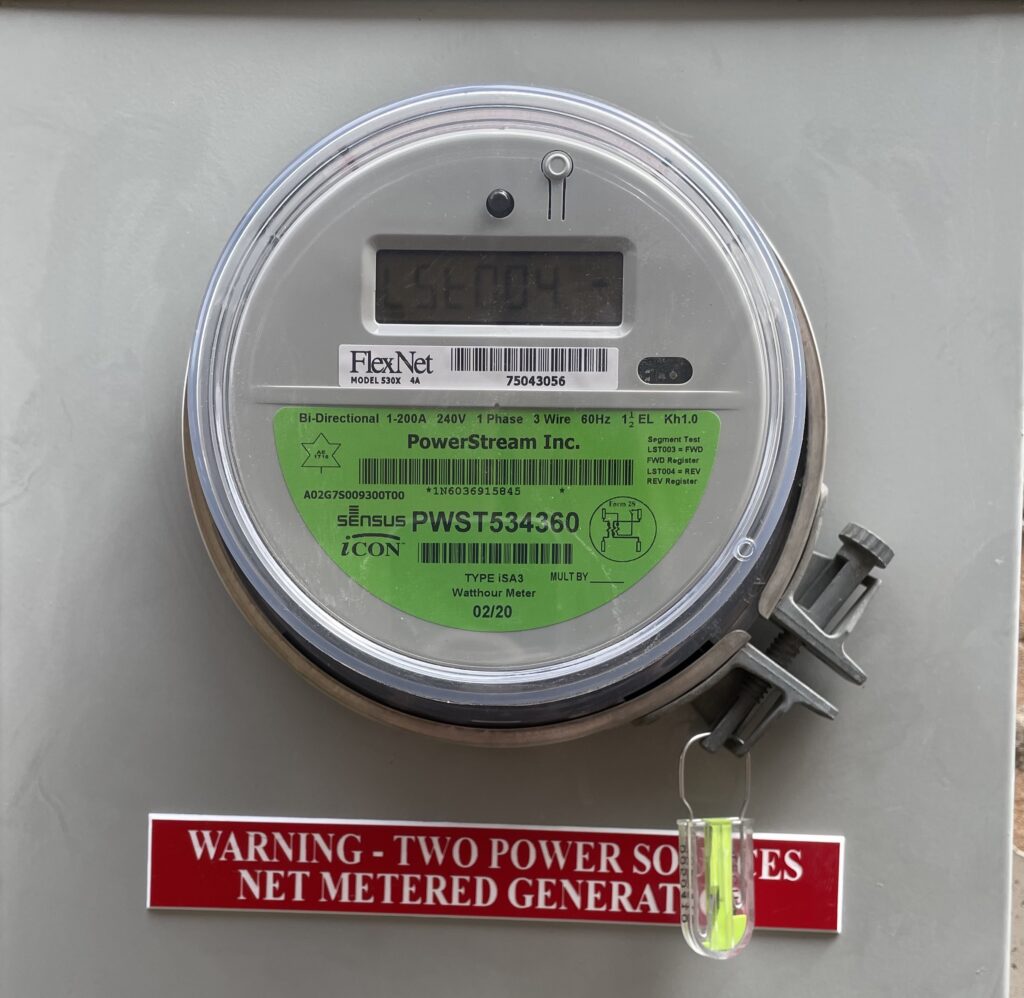I upgraded my iPhone and iPad to iOS 15.5 and my Mac’s to 12.4. I noticed in the past couple of days that certain web pages would not open. I have discovered that the following domains were effectively blocked:
- assets.adobedtm.com
- fonts.gstatic.com
- platform.twitter.com
This causes web sites containing references to the above domains to load very slowly or not at all.
I first took the attitude that this was a great feature and Apple is helping me to remove more SPAM or prevent further identity tracking. However, this morning when I try to access canada.ca, which is our government site also has the same symptom. Clearly Apple’s technique of applying privacy tracking has crossed the Rubicon sort of speak and is now generating enough false positives that is hindering day to day use.
I do have the option of using Chrome on my Mac’s but this is a huge CPU guzzler. I prefer to stay with Safari.
I came across the following thread on the MacRumors forum. The discussion pointed to the Limit IP Address Tracking feature to be the culprit. After turning off the feature on my iOS and macOS devices, I am now able to load the problematic web sites without any issues.
This may be a temporary problem with Apple with their cloud relays, so perhaps it will be automagically fixed in the future.
Below are screen shots from my iPhone and my MacBook that shows where you can turn off this feature.
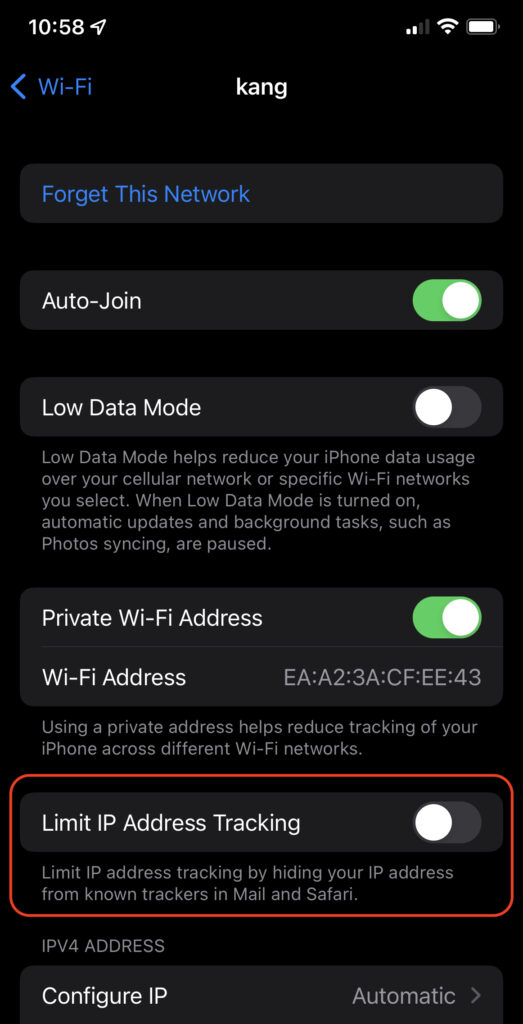
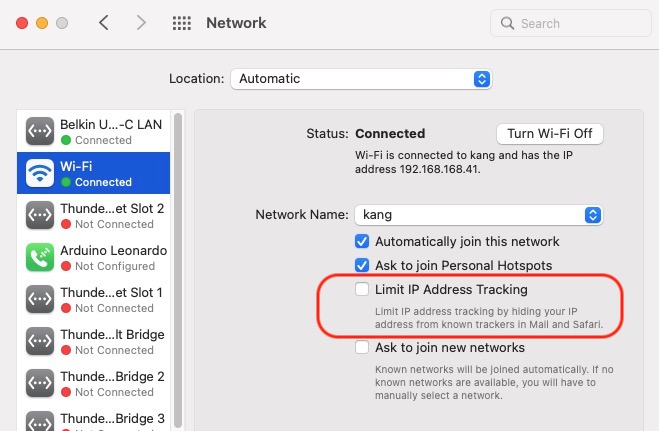
If you are experiencing similar difficulties, I hope you will find the above useful and you can continue to visit certain web sites without issues.
Update: It looks like you also have to check to make sure the Safari Privacy Settings as well:
